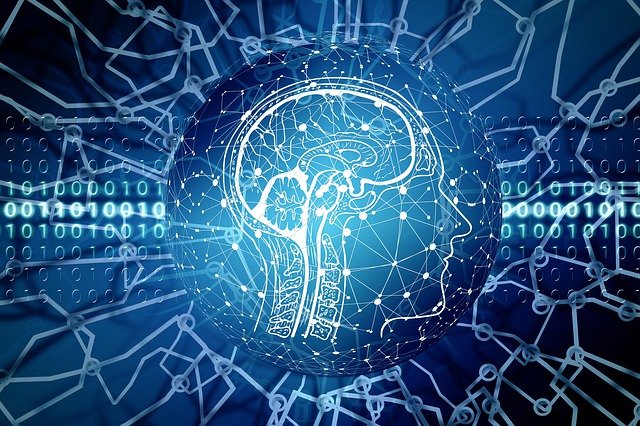Boston Dynamics releases ‘Do You Love Me?’: The reality of modern robotics


At the end of 2020, Boston Dynamics showcased its latest triumph in programming their robots Atlas, Spot, and Handle to dance to ‘Do You Love Me?’. Reactions to this video are scattered across a spectrum of fascination, enthusiasm, curiosity, and fear.
While some of us may praise and applaud these advancements in the field of robotics, others heed caution to these feats as the future of artificial intelligence has the potential to birth a Black Mirror episode into reality. But, let’s not jump to hypotheticals immediately.
Boston Dynamics is a world leader in mobile robotics, designing legged robots with advanced mobility, dexterity, and intelligence. The company’s first commercially-available robot, Spot is a four-legged agile mobile robot programmed to navigate terrains with the ability to automate routine inspection tasks and accurately capture data.
The most alarming robot we see in ‘Do You Love Me?’ is Atlas, a dynamic humanoid robot designed to push the limits of whole-body mobility in robotics. There are various videos of Atlas doing parkour and other practical tasks, but it’s dancing abilities have taken robotics to the next level.
‘Do You Love Me?’ was a collaboration between robotic engineers and dance choreographers, merging the work of art and science into one. Boston Dynamic’s VP of Engineering, Aaron Saunders says that engineers evaluated which human dance moves would be “easy” or “hard” for the robots to do, then looked at these dance moves in a simulation.
Saunders notes that Atlas’ spinning turns were the most difficult moves to program, further stating that Boston Dynamics aims to develop their robots with the range of motion and power of athletes, but they have not reached this level of performance yet.
While Saunders was met with enthusiasm with the video, people are particularly shaken by Atlas’ performance because its humanoid appearance and fluid dance moves are too life-like.
Even YouTubers today have posted a mix of comments from, “I want to become a cyborg so bad. We shouldn’t be afraid of technology! We should embrace it!” to, “Mass murderers always have cute baby pics.”
When comparing Atlas or other robotics to fictional cyborgs like Arnold Schwarzenegger’s Terminator, it’s important to keep in mind the difference between a learning robot and a programmed robot.
The Terminator was an autonomous cyborg designed for infiltration and combat duty to exterminate the Human Resistance. Atlas is not an autonomous robot because it does not use a learning controller – it is a state-of-the-art hardware system controlled and programmed by human engineers.
Spot, on the other hand, is a learning robot. Spot’s sensors allow it to learn how to complete its programmed tasks in the most efficient manner. Spot’s hardware is not programmed for world domination,; rather, it is designed to work in various industries like construction, utilities, oil and gas, and public safety.
Having said this, Boston Dynamic’s does not refer to its work as “artificial intelligence,” a computer system designed to perform human tasks, such as speech recognition, language translation, and decision-making. The company boasts its work as “athletic intelligence” because they design their robots to walk, climb stairs, avoid obstacles, navigate difficult terrains, and autonomously follow present routes inputted from its user.
The word “autonomous” often frightens people when it’s used to describe robotics. People are concerned that robots will start thinking for themselves and turn against humankind. But this is not the work of leaders like Boston Dynamics, that is the work of Hollywood producers trying to make a profit off people’s fascination with fear.
Science-fiction thrillers like Ex-Machina or The Terminator embellish the reality of robotics by placing these fictional mechanized humans in present-day environments and focusing on the disadvantages of artificial intelligence, whether that’s robots abusing humans or humans abusing robots.
Robotics and artificial intelligence can hold great advantages for society by helping humans complete strenuous tasks more efficiently or completing tasks that cannot be done by humans at all, such as deep space exploration.
This is not to diminish the alternate reality where robots are used against humans. Former US President Dwight D. Eisenhower said, “In the councils of government, we must guard against the acquisition of unwarranted influence, whether sought or unsought, by the military-industrial complex. The potential for the disastrous rise of misplaced power exists and will persist.”
In this light, robotics has the potential to become a disastrous advent if equipped with harmful machinery and weapons and used for militant or authoritative purposes. Those with malicious intent will persist, but humankind must prevent such measures from occurring.
Thus, it is important to evaluate where we are currently standing within the field of robotics and the tangibility of dystopian robotic futures.
For now, let’s enjoy dancing robots and watch in awe at how far humankind has come.

